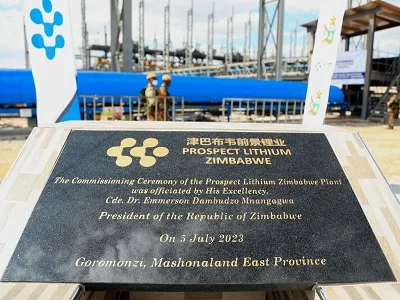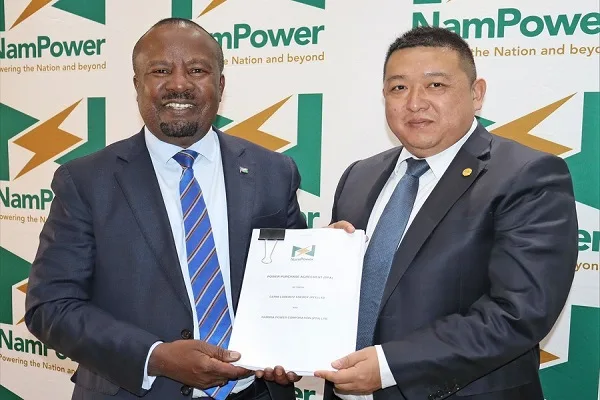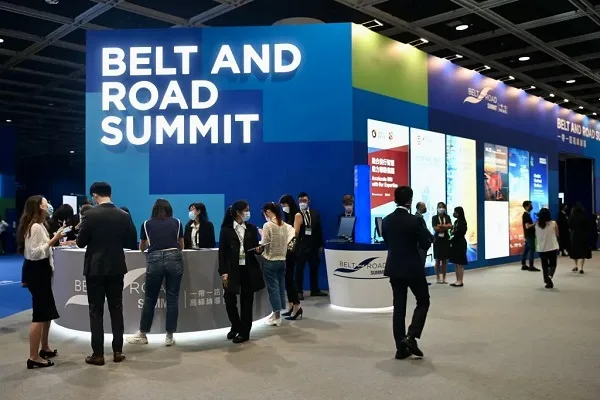BRI Shifts Gear to ‘Small and Green’
‘Small and green are beautiful’ seems to be the new name of the game when it comes to #BRI, China’s flagship global geoeconomic initiative. In the face of rising criticisms alluding to ‘debt traps’, Chinese President Xi Jinping has been hammering home the point that China must now undertake ‘high-quality’ projects, which is politically correct code, for viable projects free of criticisms.
Critics point out that the #BRI has slowed down due to the backlash from ill-conceived and unviable mega infrastructure projects which flatter the ego rather than contribute to any significant socio-economic uplifting of the country where the project is implemented. The #COVID pandemic raging during the three years from 2020 to 2022, did not actually help either.
However, there are some signs of a small pick-up in pace as China gets ready to welcome world leaders to the 3rd #BRI Summit in Beijing this October 2023. This year will mark the 10th anniversary since the One Belt One Road was first announced in 2013 and would be an opportunity to take stock and to make any necessary adjustments.
Looking at the figures, during the first semester of 2023, #BRI projects amounted to USD 43 billion. Most of the financing went into mining but the size of the projects is smaller compared to the years following the inception of the Initiative. This trend is in line with China focusing on #CriticalMinerals which are essential in #decarbonization through the large-scale production of #EV.

In this area, African countries have been calling for more Local Value Addition (#LVA) and some Chinese companies have responded. Thus, Prospect Lithium, which was acquired by Zhejiang Huayou, invested some USD 300 million to build an ore concentration plant. On 5 July 2023, Zhejiang Huayou commissioned the plant at Goromanzi with a target capacity of 450,000 tonnes of lithium concentrates annually.
According to Fudan University Green Finance and Development Center, there were 103 BRI deals totaling USD 43.3 billion during first half of 2023 compared to USD 35 for the same corresponding period in 2022. The average deal size has dropped from USD 617 million in 2022 to USD 392 million in 2023.
Africa now seems to be the top destination for Chinese investments. That is not surprising as the US-China ties are still quite tense, and the USA has tried hard to coalesce the Western world into a United Front against China. As a matter of fact, Australia and Italy are considering withdrawing from #BRI. The USA also came up with the Build Back Better World (#B3W) but there does not appear to be much going on so far.
One of key focus areas of #BRI efforts lies in developing infrastructure to support trade such seaports and railways around Africa. So far, the original Tanzania-Zambia Rail (#TAZARA) has been extended to DR Congo and Angola. In addition, China has built, expanded or is operating several ports all around the African coast from the Atlantic Ocean to the Indian Ocean. China is particularly active in West Africa when it comes to port development.
During the first half of 2023, President XI Jinping has already received close to 10 Africa leaders in Beijing. Most of have them have officially expressed the wish to strengthen cooperation with China under the #BRI, #FOCAC or #GDI frameworks. In addition, the AU has reiterated the wish to focus on certain flagship projects identified under #Agenda2063.

The China-Africa Economic and Trade Expo took place in Changsha last May 2023. Based on estimates, 150 agreements worth USD 10 billion were signed during the flagship event to boost China-Africa cooperation.
As a matter of fact, out of the 55 states which are members of the African Union, 52 have signed the BRI MOU with China. The notable exceptions are Eswatini, Western Sahara and Mauritius. Eswatini has not joined because it continues to maintain diplomatic ties with Taipei. Western Sahara is recognized by the African Union but not so yet by the UN and China. Mauritius has apparently succumbed to ‘external pressure’ in order not to join the Chinese club.
To counter the narrative about ‘Debt Trap’, China has also written off the debt for 17 African countries. Recently, China and other lenders have reached a common accord to restructure the debt of Zambia, which defaulted on its foreign payments during the COVID.

The other perceptible trend is to move toward Green Projects which are in line with the UN #SDG and the fight against #ClimateChange. The extraction and monetization of #CriticalMinerals is a step in the right direction, but Africa nations wants more Local Beneficiation.
Of the recent green projects is for a wind farm in Luderitz, Namibia. NamPower and CERIM Luderitz Energy formed a JV to develop a 50-MW wind project. In turn CERIM Luderitz Energy is a JV between China Energy and Namibian company Riminii Investments. The project cost is estimated at USD 94 million ($ 1.4 billion namibian dollars) and will take 27 months to complete.
It is worth noting that the project is being undertaken under the FDBOT model. The JV will thus act as an Independent Power Producer (IPP). NamPower is not only the shareholder in the JV but also the offtaker for the green power produced with a Power Purchase Agreement (PPA) lasting 25 years.
At the next #BRI Summit in October 2023, observers will be watching closely how China balances its interests versus those of the African countries to achieve the so-called ‘win-win’ formula, that China is so fond of employing.

